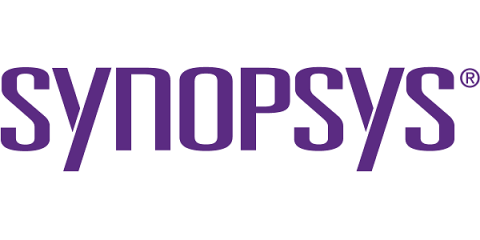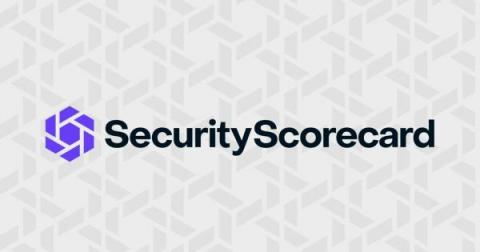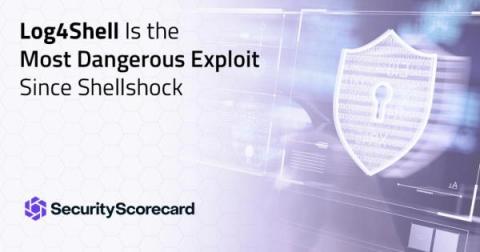What is Digital Risk? Learn how to Manage it
Digital risks are a big issue for today’s society. Digital risks can be anything from stealing sensitive information to exposing your own personal information to the public. This is why an understanding of the digital risk management process helps businesses to identify and protect themselves.
























